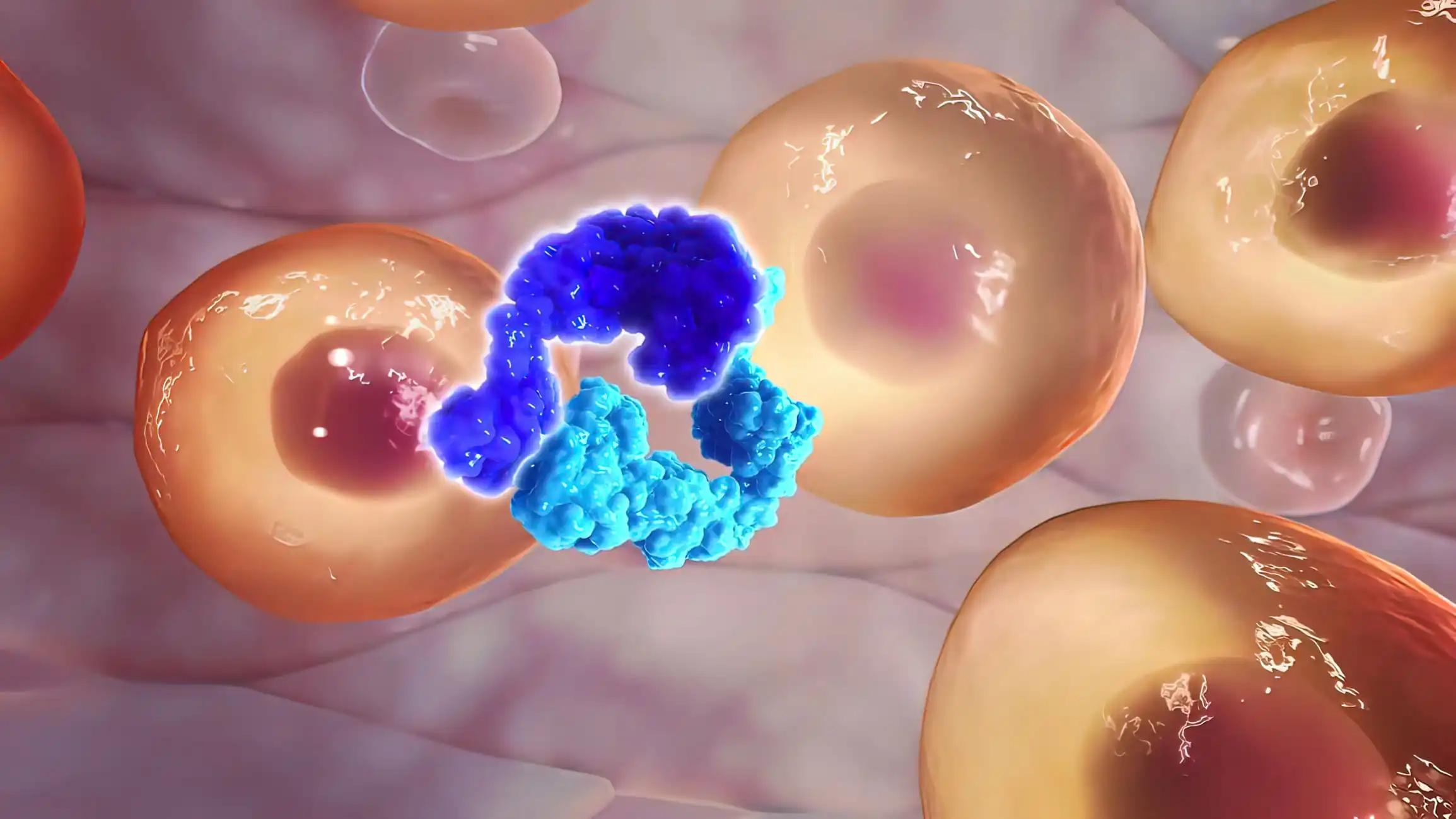KEY TAKEAWAYS
- The study assessed whether including free PSA (fPSA) to baseline total PSA enhances the prediction of clinically significant prostate cancer and its fatality.
- The trial reported that using fPSA for risk-stratified screening might lead to a decrease in unnecessary prostate biopsies.
In the PCLO cancer screening trial’s intervention group, out of 27,451 men, 6,162 had both total PSA and fPSA measurements taken within a year of joining the study, termed as baseline. These participants were divided into two age brackets: 57-64 and 65-72 years. Clinically significant prostate cancer (csPCa) criteria included Gleason Grade ≥7, AJCC Stage >3, metastasis, or death from PCa. The researchers employed cumulative incidence and Kaplan-Meier analyses to determine the chances of csPCa and fatal PCa and the area under the curve (AUC) for distinguishing capabilities.
With a median follow-up period of 19 years, 444 men developed csPCa, and 92 succumbed to PCa. For the entire group, the median PSA stood at 1.18 ng/mL, and the median fPSA percentage was 18% at the outset. 75th percentile PSA values were 3 ng/mL for those aged 65-72 and 2 ng/mL for the 57-64 age bracket. For those aged 57-64 with PSA ≥4 ng/mL and % fPSA above 20%, the 10/20-year cumulative incidence of fatal PCa was 0.0/0.0% and 2.1/3.0% for those with % fPSA below or equal to 20%. For the 65-72 age group with PSA ≥5 ng/mL and % fPSA above 20%, the figures were 0.0/0.0% and 1.4/6.3% respectively. The prediction accuracy of total PSA for csPCa and fatal PCa heightened with the inclusion of % fPSA. For men aged 57-64 with PSA ≥2 ng/mL, the AUC for fatal PCa surged from 0.55 to 0.69 and for csPCa from 0.57 to 0.60. The Kaplan-Meier graph illustrates distinct delineation for men with fPSA ≤20% against those with more than 20% when their total PSA was initially at or above the 75th percentile.
Within a large countrywide screening study, adding free PSA to total PSA for men with PSA levels above 2 (for ages 57-64) or above 3 (for ages 65-72) enhanced the accuracy of forecasting clinically significant and fatal prostate cancer. Utilizing free PSA for risk-stratify screening may reduce unnecessary prostate biopsies and aid in deciding the right time to end screening.
Source: https://www.auajournals.org/doi/10.1097/JU.0000000000003336.09
Clinical Trial: https://classic.clinicaltrials.gov/ct2/show/NCT00339495
Yim, Kendrick; Ma, Chaoran; Carlsson, Sigrid; Lilja, Hans; D’Andrea, Vincent; Mucci, Lorelei; Penney, Kathryn; Preston, Mark PD38-09 FREE PSA AND CLINICALLY SIGNIFICANT AND FATAL PROSTATE CANCER IN THE PLCO SCREENING TRIAL, Journal of Urology: April 2023 – Volume 209 – Issue Supplement 4 doi: 10.1097/JU.0000000000003336.09



